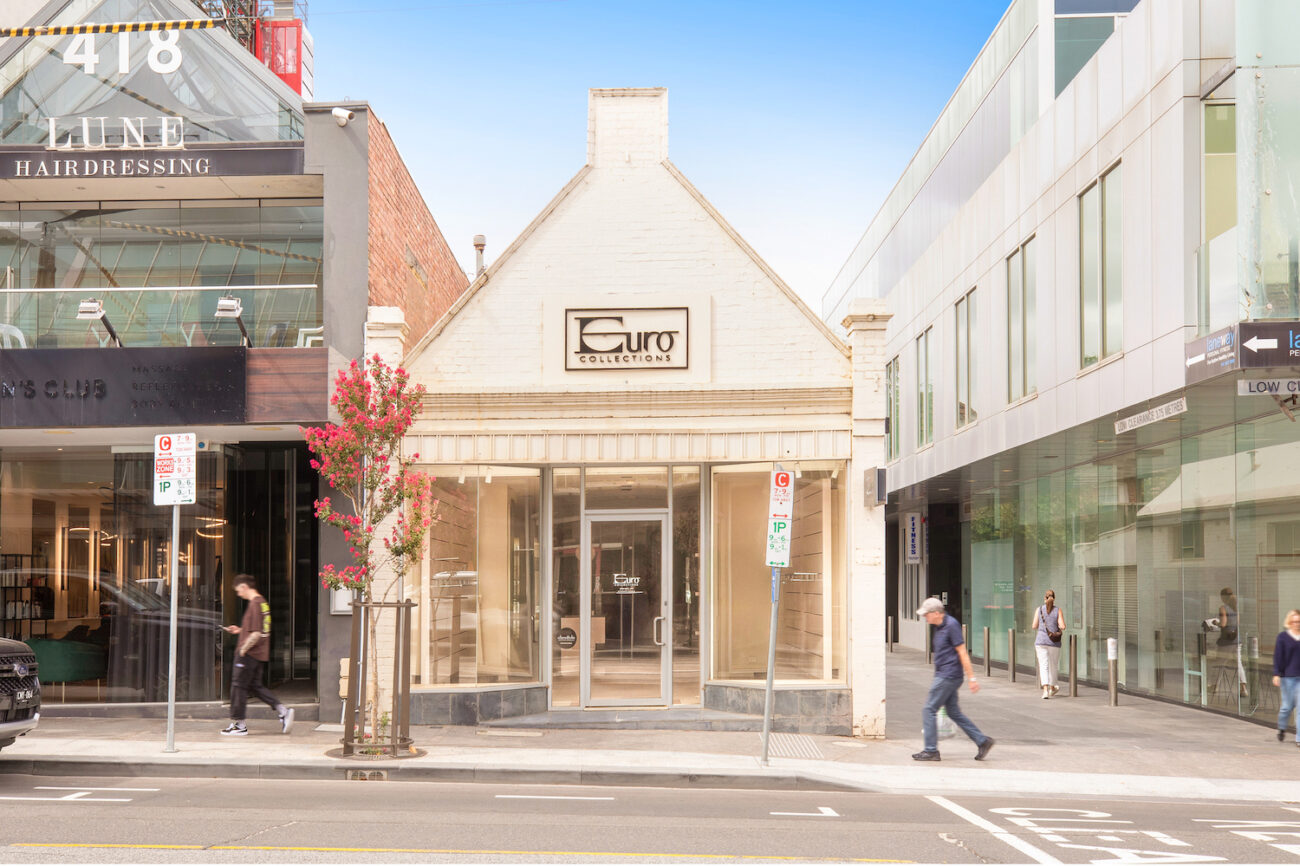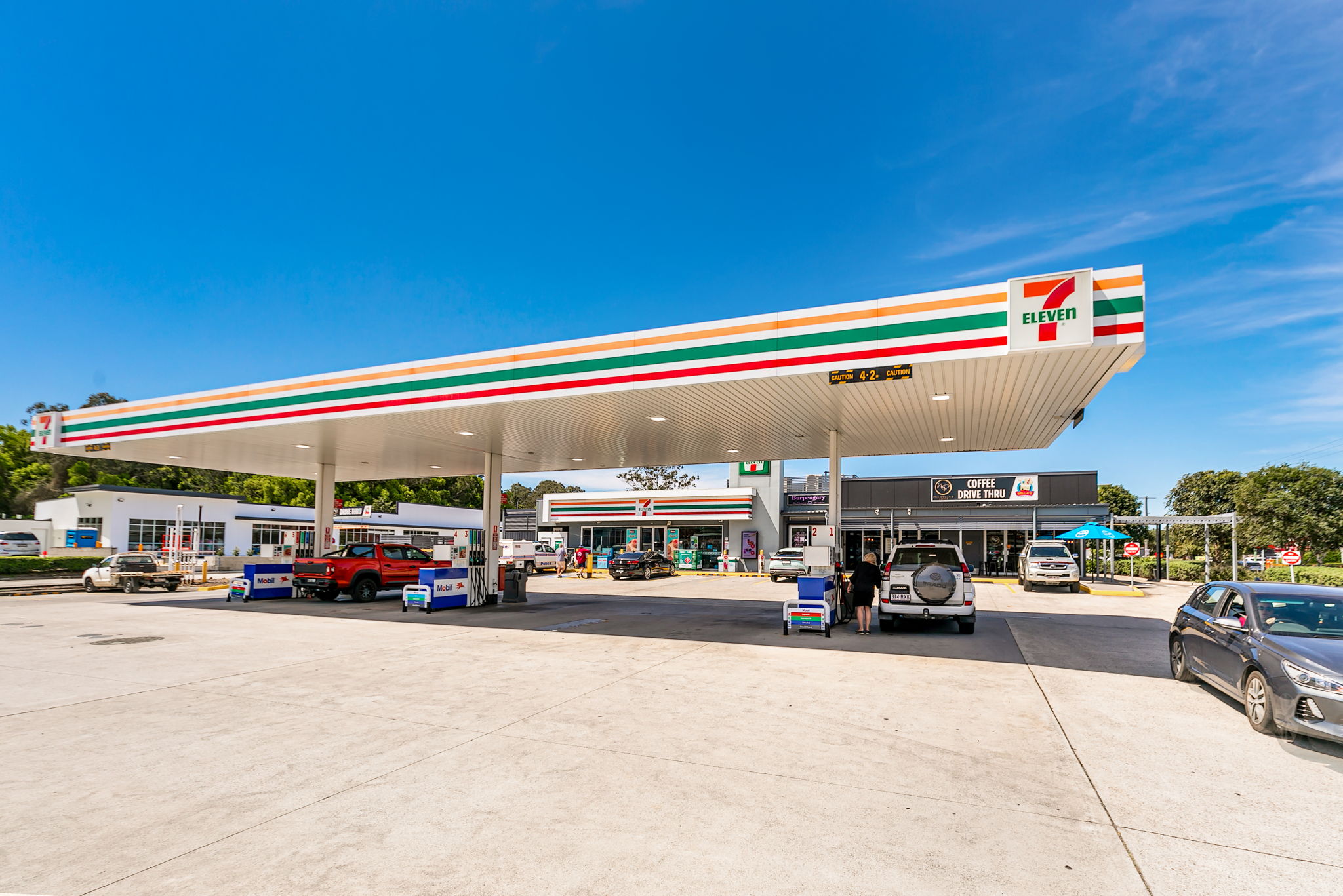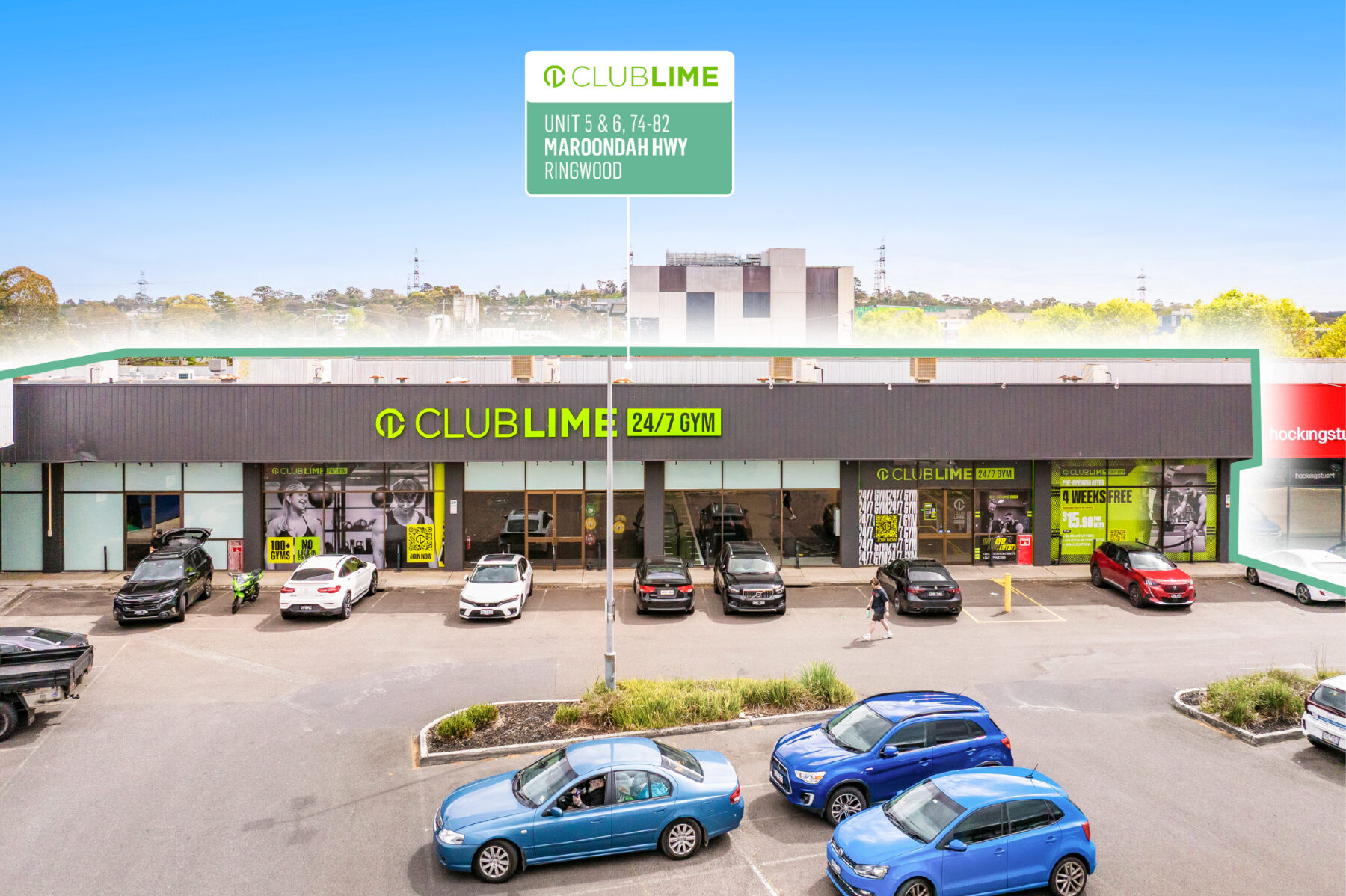
As Australia’s commercial property sector continues to recalibrate, retail is emerging as one of the more stable performers. This is particularly true in categories aligned to essential spending, decentralised growth, and omnichannel fulfilment. Here’s what 2025 has revealed to us so far:
Large-Format Retail is Gaining Momentum
Prime large-format assets recorded net face rent growth of 3.5 percent over the quarter, the highest of any retail format nationally. In Brisbane, large-format rents reached $269 per square metre net effective, with incentives compressing by 200 basis points. Year-on-year, national rent growth for LFR reached 12.3 percent. This performance reflects sustained tenant demand in outer-metro and logistics-enabled locations, according to CBRE.
Only around 30,000 square metres of large-format space is expected to complete nationally this year. Queensland delivered just 12,100 square metres of new supply in Q1. New projects remain constrained by construction costs, capitalisation rate movements, and feasibility hurdles. GPT estimates that required rents for new retail development are approximately 37 percent higher than prevailing market rents, making speculative supply unattractive in most markets.
Retailers are responding by focusing expansion on infill, refurbished, or land-rich assets. Leasing momentum is strongest in formats that support bulk goods, fulfilment functionality, and operational integration across suburban corridors.
Retail Sentiment is Strengthening
Retail turnover rose 2.5 percent year-on-year in New South Wales and 3.7 percent in Queensland, driven by food, healthcare, and essential categories. Consumer sentiment reached 95.9 in March, the highest level since 2022, lifted by easing inflation and the RBA’s February rate cut to 4.10 percent. These findings are sourced from NAB and CBRE.
On the investment front, CBRE reports $356 million in retail asset transactions in Queensland during Q1, a 25 percent increase compared to the same time last year. Demand is strongest for large-format and neighbourhood centres that offer stable income and defensive tenant mixes.
Spaces under 1,000 square metres continue to outperform. In Brisbane, net effective rents rose by 19.5 percent in neighbourhood centres and 19.1 percent in sub-regionals. In Sydney, similar formats recorded 3.4 to 4.0 percent rent growth. Incentives held steady in both markets. According to CBRE, this performance reflects continued demand from food and beverage operators, service retail, allied health, and convenience tenants seeking visibility and local relevance.
Retailers are adapting their portfolios to prioritise agility, neighbourhood density, and high-traffic catchments. Smaller formats remain well-insulated from supply-side risk and benefit from limited new competition.
The first quarter of 2025 points to a retail sector regaining its balance. With rents rising in undersupplied formats, leasing activity strengthening in smaller tenancies, and sentiment returning among both consumers and investors, the outlook is becoming more constructive. While market conditions remain mixed across segments and locations, retail continues to offer a compelling combination of income reliability, embedded demand, and population-driven resilience.
Subscribe to Commercial Leasing News and follow LeaseInfo for more insights on the Australian retail market.






